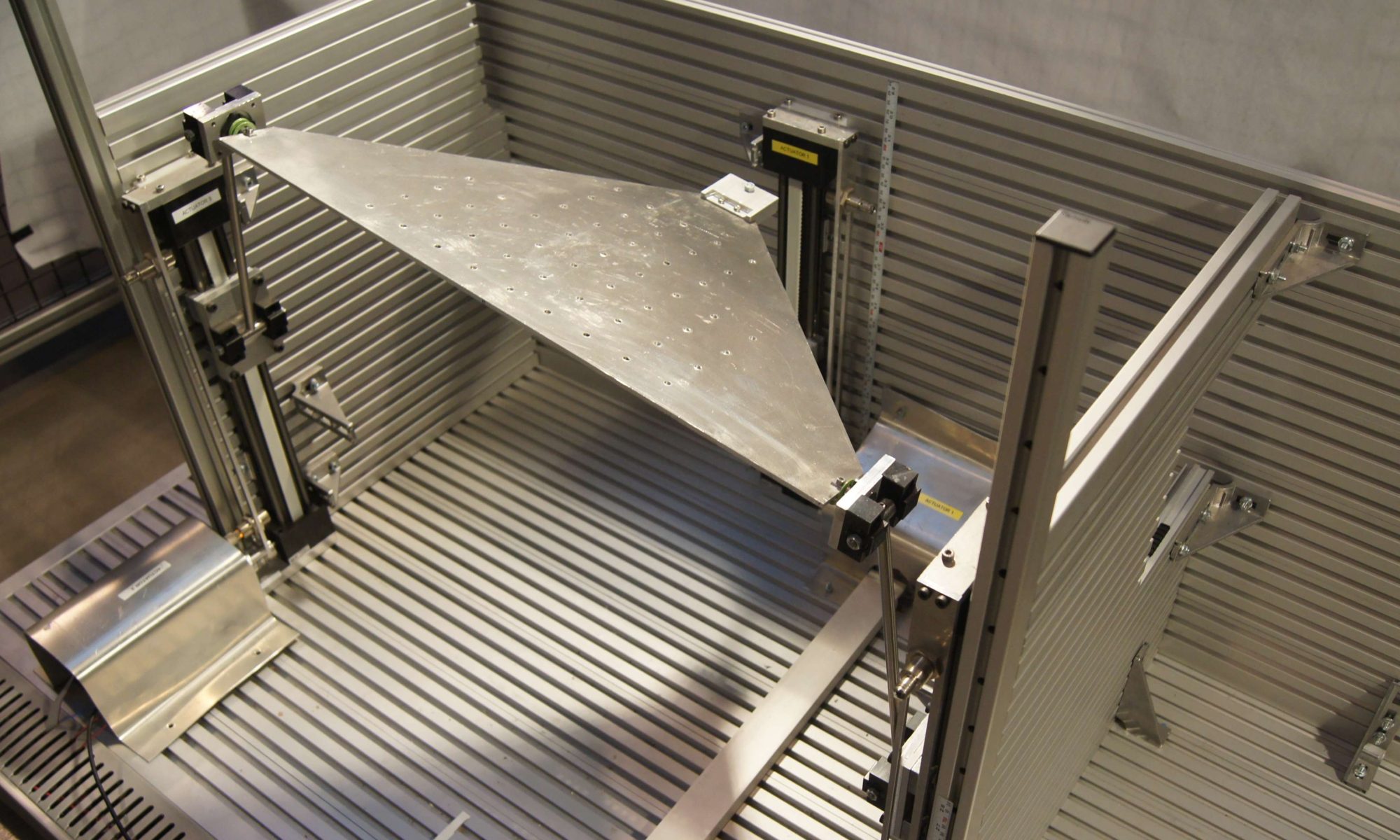Name of the project: STABLE – Characterization of balance stability in standing and walking through the use of parallel kinematics machines
Reference: PID2023-150982OB-I00
Funding: Science and Innovation Ministry, Spanish Government
Period: January2024 – January 2027
Participating Institutions: COMPMECH Research Group (UPV/EHU) and OSAKIDETZA
Main researchers: Fran Campa and Charles Pinto
Number of participating researchers: 9
The objective of this project is to develop a methodology to evaluate balance stability by measuring the Center of Mass (COM) and the Center of Pressure (COP) during the execution of exercises on two parallel kinematics machines, designed for this purpose by the research group and called OREKA and BALANCE. The purpose of the machines is to reduce uncertainty when evaluating the patient’s response, using the measurement of COP through a dynamometric table and also introducing a quantifiable and repeatable disturbance to stimulate the patient’s response. This way, their evolution during the rehabilitation phase can be measured or comparisons can be made with other individuals.
During the project, a clinical trial will take place with patients affected by neurological damage from stroke, with the objective of validating the purpose of the machines for the evaluation and rehabilitation of these pathologies. On the other hand, a series of issues have been identified that need to be further explored for a better utilization of the information provided by the machines:
On the one hand, in the preliminary tests carried out to date, evidence has been found that measuring only the COP may not be conclusive for evaluating balance, and it is necessary to complement the measurement with the acquisition of the COM of the subject. This is why measuring the COM using motion capture techniques is proposed as a way to assess balance stability, both in static and dynamic conditions.
On the other hand, the determination of balance has been based in the literature on obtaining indicators from signals taken from dynamometric platforms or other devices. The problem with indicators is that there is a large quantity and variety, depending on the type of analysis and treatment applied to the signal, and there is no consensus on the most conclusive ones. This work aims to delve into this issue to determine the most relevant indicators when using the OREKA and BALANCE machines. Another motivation is to explore the application of Artificial Intelligence (AI) to assess its potential use in discriminating subjects with pathologies that affect their balance.
In addition, the aim is to optimize the design of the sensorized mobile platform of the OREKA prototype in order to reduce the measurement error it currently presents. Specifically, positioning errors of the COP greater than 5 mm have been measured in certain parts of the platform, and the objective is to reduce this error to a maximum of 1 mm, similar to those found in commercial fixed dynamometric platforms.
Finally, the development of biomechanical models is proposed to represent the movement measured by motion capture systems and calculate muscle actions. These models will be programmed in OpenSim, and it is expected that they will allow understanding the impact
of a subject’s pathology on their ability to maintain balance while performing exercises in both standing and walking on the developed machines. A better understanding of what happens should help the medical team design the best possible exercises for patient rehabilitation and provide more effective care.
